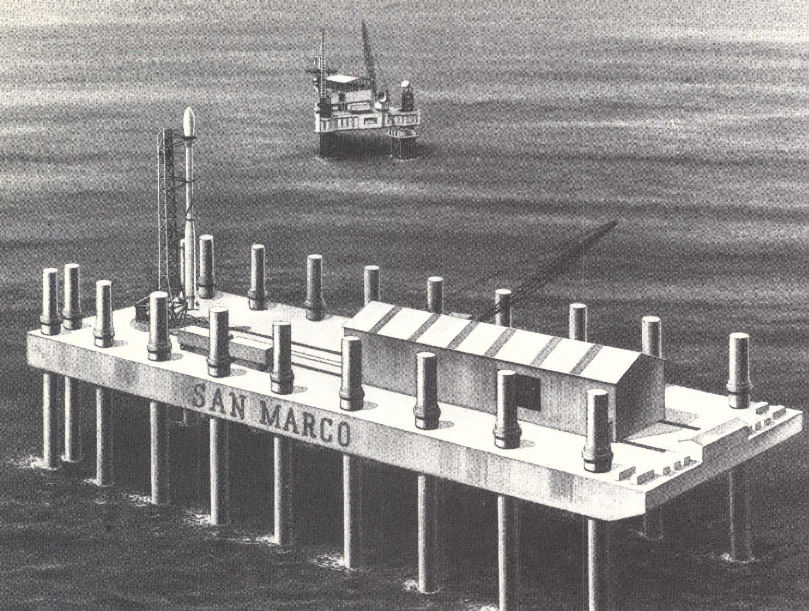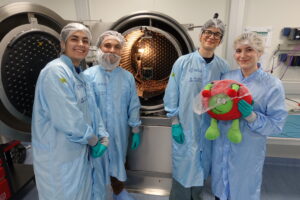Geneva, May 31, 1962.
A year has passed since Alan Shepard became the first American in space, thanks to his suborbital flight aboard Freedom 7. Meanwhile, Western nations are opening the doors to the space sector, that until now had been the exclusive domain of the two superpowers of the Cold War.
A month earlier, the British satellite Ariel 1 became the first to be launched into space by a nation other than the USA or USSR. It would soon be followed by the Canadian Alouette 1 a few months later.
In a government office, delegates from the Italian Commission for Space Research and the U.S. National Aeronautics and Space Administration sign a memorandum of understanding that marks the beginning of the San Marco project.
The agreement establishes that the program will unfold in three phases:

The document is signed by Hugh Dryden, NASA’s Director, and Professor Luigi Broglio, the visionary that will lead Italy to write its name among the stars.
Luigi Broglio: the man behind the dream
During the war, the engineering officer of the Regia Aeronautica Luigi Broglio worked on the design of a combat glider, developing the balanced forces method to calculate stress on wing structures.
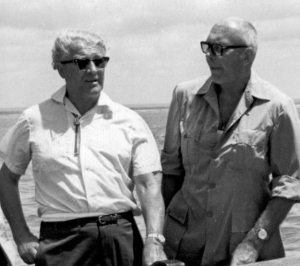
After the war, he became a university professor, first in Spain and later in the United States, where he caught the attention of top-level researchers, beginning his collaboration with NASA as early as 1951.
Upon returning to Italy, he became Director of the Aerospace Engineering department at the University of Rome.
A few years later, he was entrusted with leading the “Nube di Sodio” research program, aimed at studying the atmosphere at altitudes between 60 and 400 km—too high for sounding balloons and too low for satellites.
Broglio decided to use NASA sounding rockets, particularly the Nike-Cajun, Nike-Apache, and Nike-Asp, to release a cloud of sodium and lithium and study its dispersion in the atmosphere at specific altitudes.


The launch complex was chosen to be the Salto di Quirra test range (Perdasdefogu, Sardinia), a modest facility from which Broglio nonetheless achieved remarkable results: multiple launches were conducted in the first half of 1961, all of which were fully successful.
Moreover, during the development of this project, Broglio had the opportunity to collaborate with NASA scientists, who replicated the same experiments from the Wallops Island base—the very site from which the San Marco project would later be launched.
The successes of the “Nube di Sodio” program led Broglio to consider initiating an Italian space research program capable of competing with other Western powers. The first three-year plan for establishing such a program was presented to the Head of Government in October 1961: the project envisioned placing a satellite into orbit, entirely built in Italy and launched from an Italian spaceport.
During a COSPAR (Committee on Space Research) conference in Florence, Broglio had the opportunity to discuss the plan with NASA personnel, who immediately expressed their interest in supporting the Italian initiative. By mid-1962, the memorandum was signed, and the project was set in motion.
The Satellites
Phase 1 of the Geneva agreement stipulated that a delegation of Italian engineers would be trained by their American counterparts in satellite design, rocket assembly, and launch operations. Between 1961 and 1964, 70 technicians and engineers were sent to NASA research centers, and satellite design officially began.
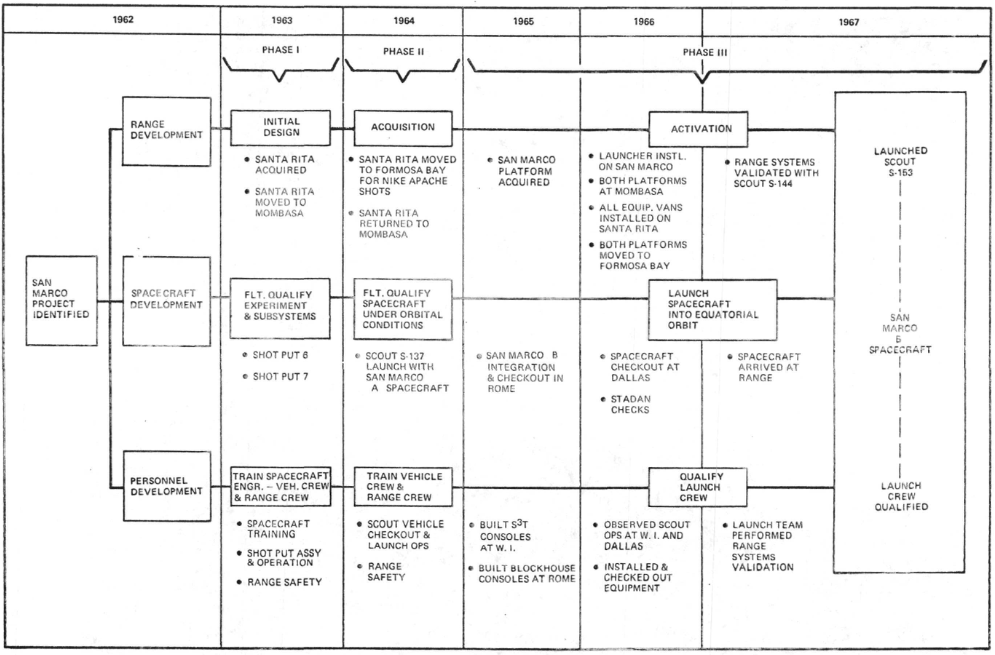
The first San Marco satellite, built along with five other prototypes at the Aerospace Research Center, consisted of a heavy cylindrical internal structure surrounded by a lightweight spherical aluminum outer shell with a diameter of 66 cm. The total mass was 115.2 kg. The spherical shape was chosen to ensure aerodynamic isotropy.
The balance at the center of the inner member was protected against excessive launch stress by a pneumatic caging system which connected the external shell to the internal structure.
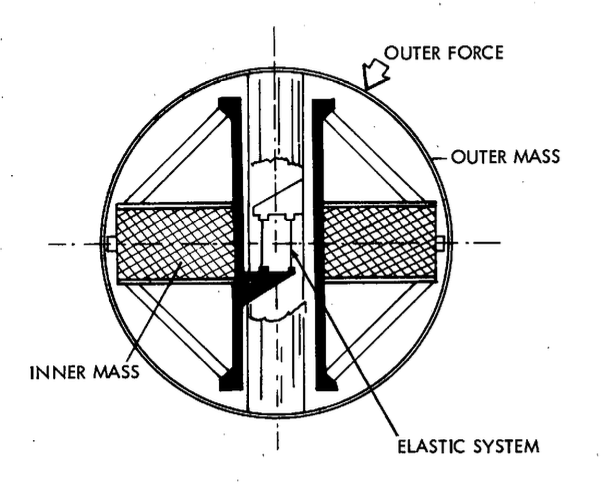
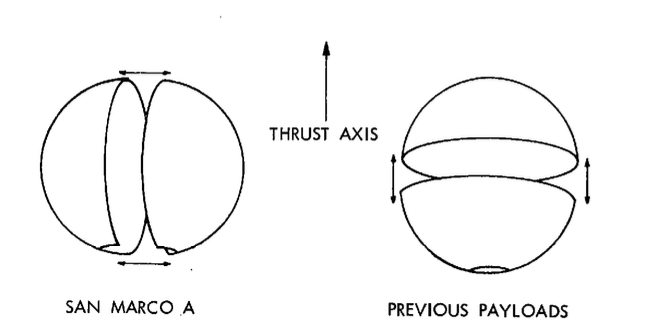
Elements of the balance were separately caged during launch by pneumatic actuators. The shell design was deigned to open along a longitudinal axis so that it could be removed and components inspected without removing the spacecraft from the last stage of the rocket motor.
Four antennas extended from the satellite’s equator, and its surface featured alternating white and black longitudinal sections for thermal control. It was powered by a 12-watt mercury battery (Mallory RM-42R cells), providing 200 hours of operational energy.
The next two satellites, San Marco 2 and San Marco 3, were similar to the first model, with some improvements—particularly in power systems—following a failure during the first mission.
San Marco 2 carried out two experiments: one designed to directly measure air density below 350 km and another, an ionospheric beacon experiment, developed to observe the electron content between Earth and the satellite. In this case, the spherical shape ensured a constant cross-sectional area, crucial for minimizing deceleration effects from atmospheric drag—an essential factor for the experiment’s success.
The primary objectives of San Marco 3 were: (1) to provide data on density, neutral composition, and temperature, characterizing the equatorial upper atmosphere at altitudes of 200 km and beyond, and (2) to measure variations in these parameters about solar and geomagnetic activity. A secondary objective was to determine neutral density using three independent measurement techniques.
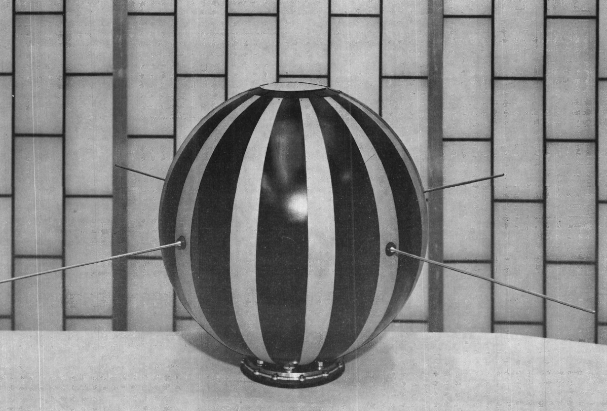
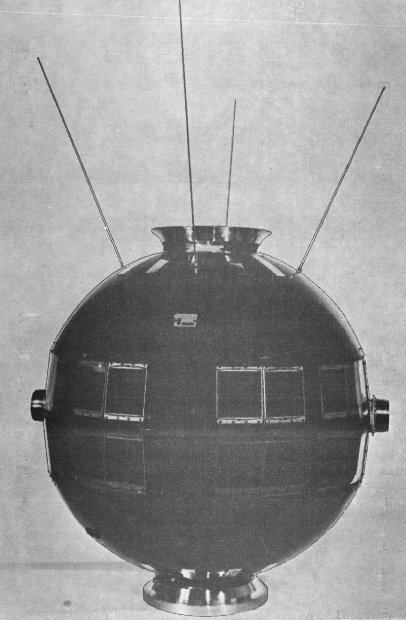
Initially, the plan was to produce eight satellites, but budget cuts during the program forced engineers to reduce production to five. The last two launched were San Marco 4 and San Marco-D/L, developed alongside San Marco-D/M (which was never launched) as part of a project involving deployment into both low (L) and multi-stationary (M) orbits.
From a scientific perspective, the San Marco satellites enabled studies on atmospheric temperature and pressure, atmospheric composition via a mass spectrometer, ionospheric electron density profiles, electron temperature, and many other parameters. However, one of the primary research focuses—air density at high temperatures—was made possible by the development and implementation of the Broglio Drag Balance Instrument.
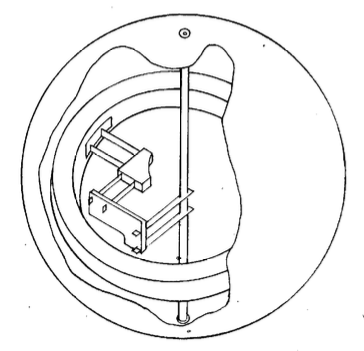
The Broglio Drag Balance Instrument measures the frictional force exerted by the atmosphere on the satellite. This is achieved by recording the relative displacement between an external shell and an internal body.
The instrument consists of lightweight plates exposed to the incoming particle flow. Their deformation or displacement is used to calculate the intensity of the frictional force, from which air density is derived.
The Launch Vehicles
We have seen how the first phase of the project focused on training Italian technicians and engineers. More specifically, this phase was divided into three main objectives:
- The design and production of satellites and experiments in Rome;
- The construction and testing of the launch complex in Kenya;
- The launch of several suborbital vehicles to train the Italian team.
The work of the Italian team in the USA was primarily aimed at achieving the third objective: conducting test launches with “Shotput” vehicles manufactured in Rome. These were prototypes similar in size and weight to what would later become the San Marco satellites but lacked any stabilization or communication systems since their suborbital flight was too brief to allow for full deployment of antennas in flight.
After numerous tests conducted in the newly established laboratories in Rome, the probe arrived at Wallops Island in April 1963, ready for launch. The launch system used consisted of a vertical mast and arm, supported by a base and three support arms.
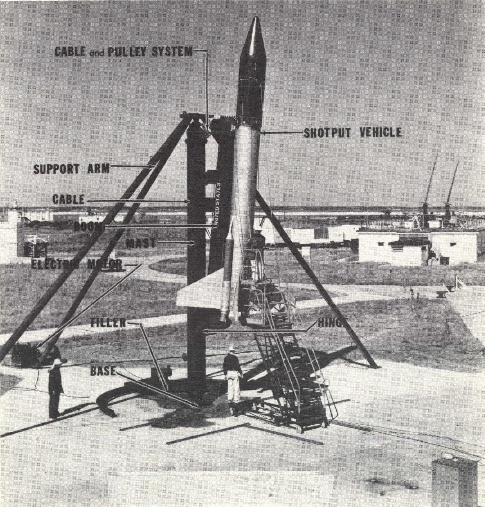
The mast could be rotated 180 degrees along its longitudinal axis using a rudder system powered by an electric motor. The arm was hinge-mounted on the base and could be raised or lowered by a cable system driven by an electric motor. The launcher, also called Shotput, was mounted on the mast, which was aligned to the correct azimuth angle using electromechanical indicators (one at the arm’s hinge and another at the top of the mast).
The rocket was also designed to spin around its axis throughout the first phase of the flight, then reduce its rotation speed when igniting the second stage—essential for conducting atmospheric experiments with the Broglio Drag Balance Instrument.
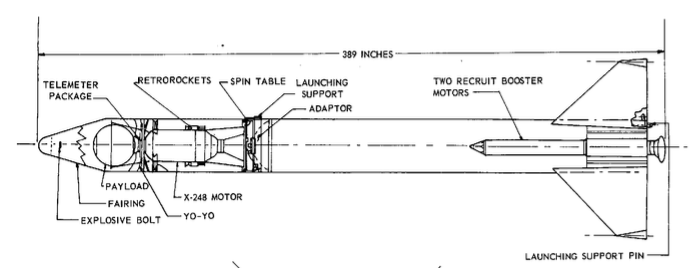
The first launch took place on April 21, 1963. The Shotput 6 mission was a partial success: after the burnout phase of the first stage, the heat shield was ejected, and the second stage was activated. However, the “de-spin” system failed to reduce the rotational speed, causing the atmospheric density experiments to fail. Additionally, the vehicle reached a higher-than-expected trajectory and impacted outside the designated area.
Despite the failure of the rotation system, it was decided to proceed with the launch program, and Shotput 7 was launched on August 2. This time, the system worked perfectly, and the experiments were successfully conducted and recorded.
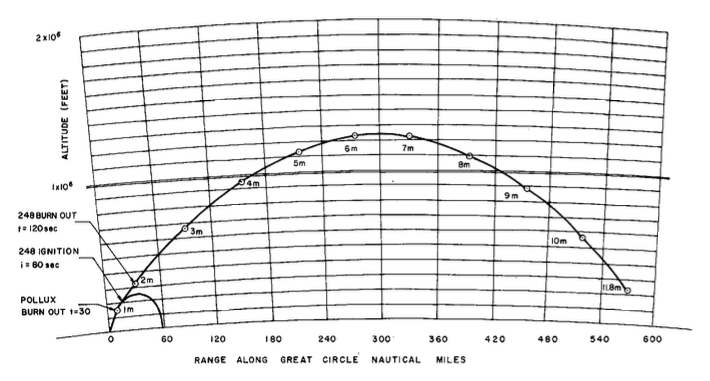
A few months later, in December 1963, construction began on the launch base in Kenya.
Once completed, it required a test of the launch platform. To this end, between March 25 and April 2, 1964, Broglio decided to use well-known launch vehicles: Nike-Apache rockets built in Italy, previously employed in the “Nube di Sodio” program experiments.
By the end of the first phase, the Italian team was ready to manage launch operations, and the San Marco satellites had been built. It was time to proceed with the second phase: placing San Marco 1 into orbit using a U.S. launch vehicle from Wallops Island.
A Scout rocket was chosen—a four-stage solid-fuel launcher that can be considered a true “Unsung Hero” of early space exploration.
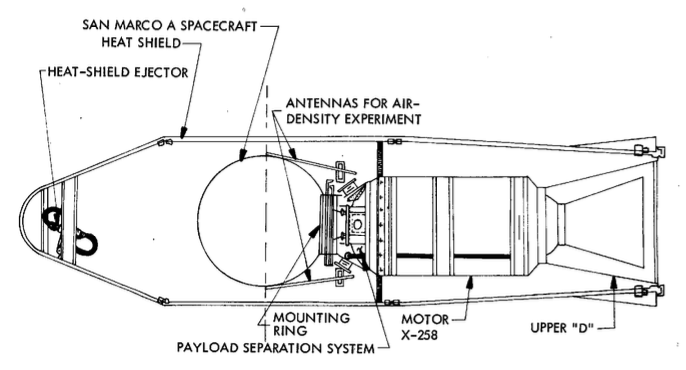
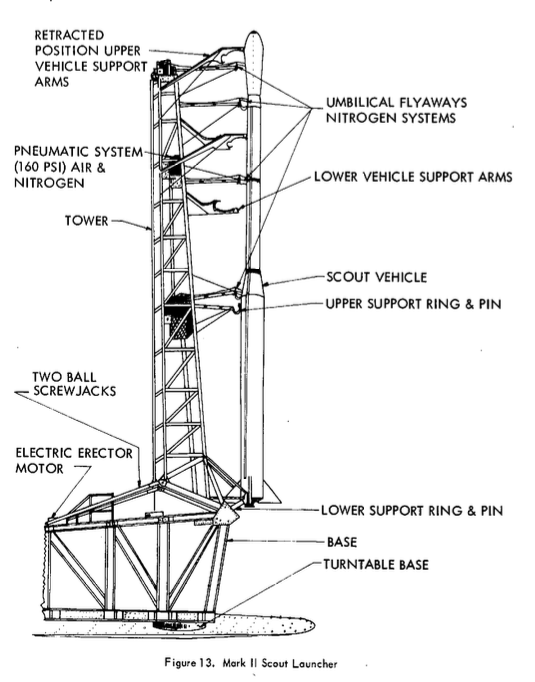
The Solid Controlled Orbital Utility Test program, otherwise known as SCOUT, began in 1957 when the United States sought to develop an economical, reliable, and versatile solid-fuel launch vehicle for smaller payloads to gain a competitive edge over the USSR.
Scout was designed and produced at NASA’s Langley Research Center in Hampton, Virginia, from 1957 to 1991. It was the first orbital launch vehicle entirely composed of solid-fuel stages and could launch a 170 kg satellite into an 800 km orbit. The rocket’s four stages, named after significant stars, were Algol, Castor, Antares, and Altair.
The Scout program aimed to develop a reliable rocket for the U.S. space program. Initially, its engineers targeted a 90% reliability rate. However, between 1960 and 1962, only six of nine launches were successful, resulting in a 67% success rate. The following year was even worse: 7 successful launches out of 14 attempts brought the success rate down to 50%, forcing engineers to reassess the program.
A series of test procedures were introduced into the production chain at Langley, which dramatically improved the program’s success rate. Between the beginning of recertification in 1963 and 1989, the Scout program launched 89 vehicles, 85 of which were successful. In summary, although virtually unknown outside NASA circles, the Scout evolved into one of the most influential technologies in space exploration history, enabling many milestones in the U.S. space program.
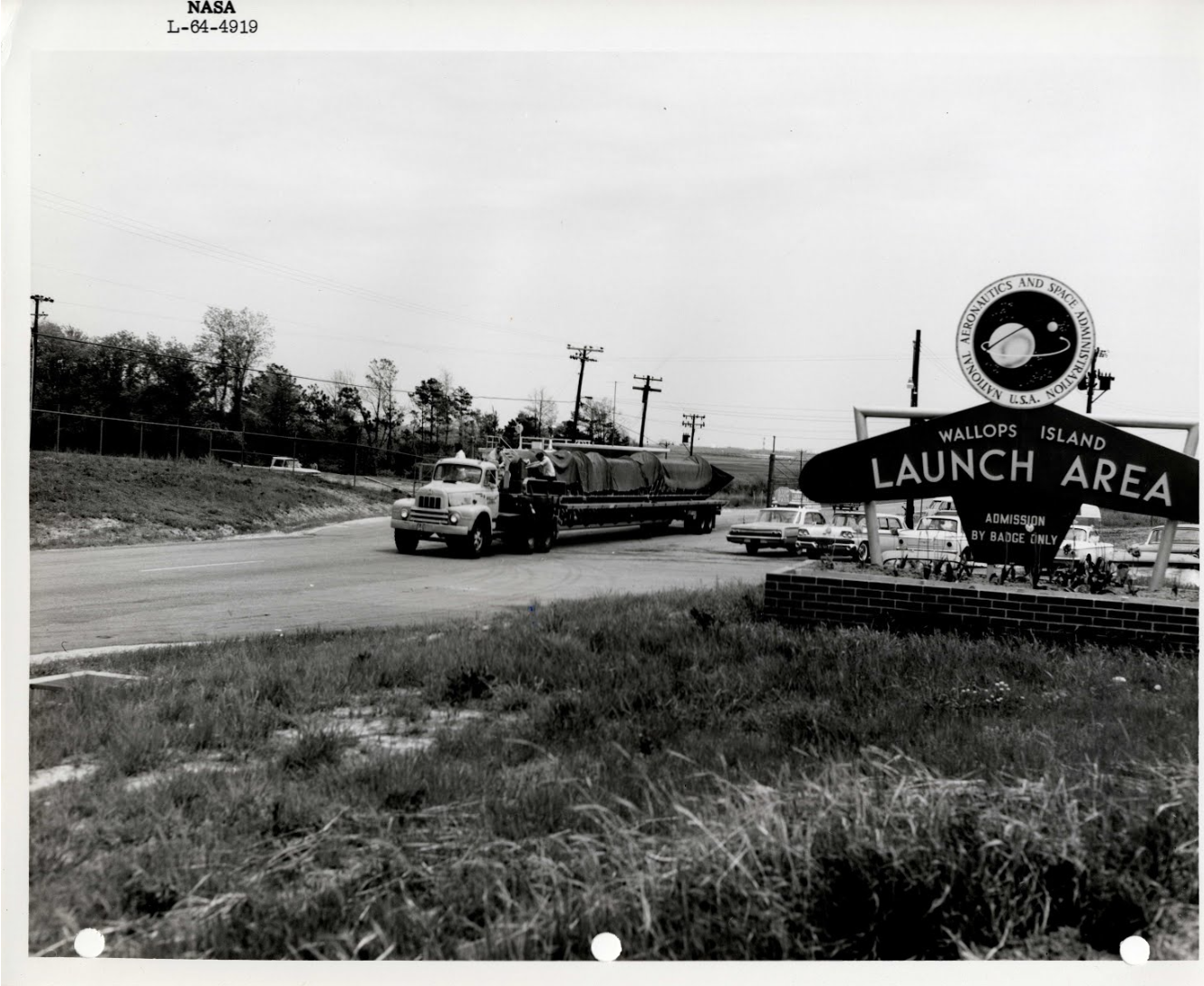
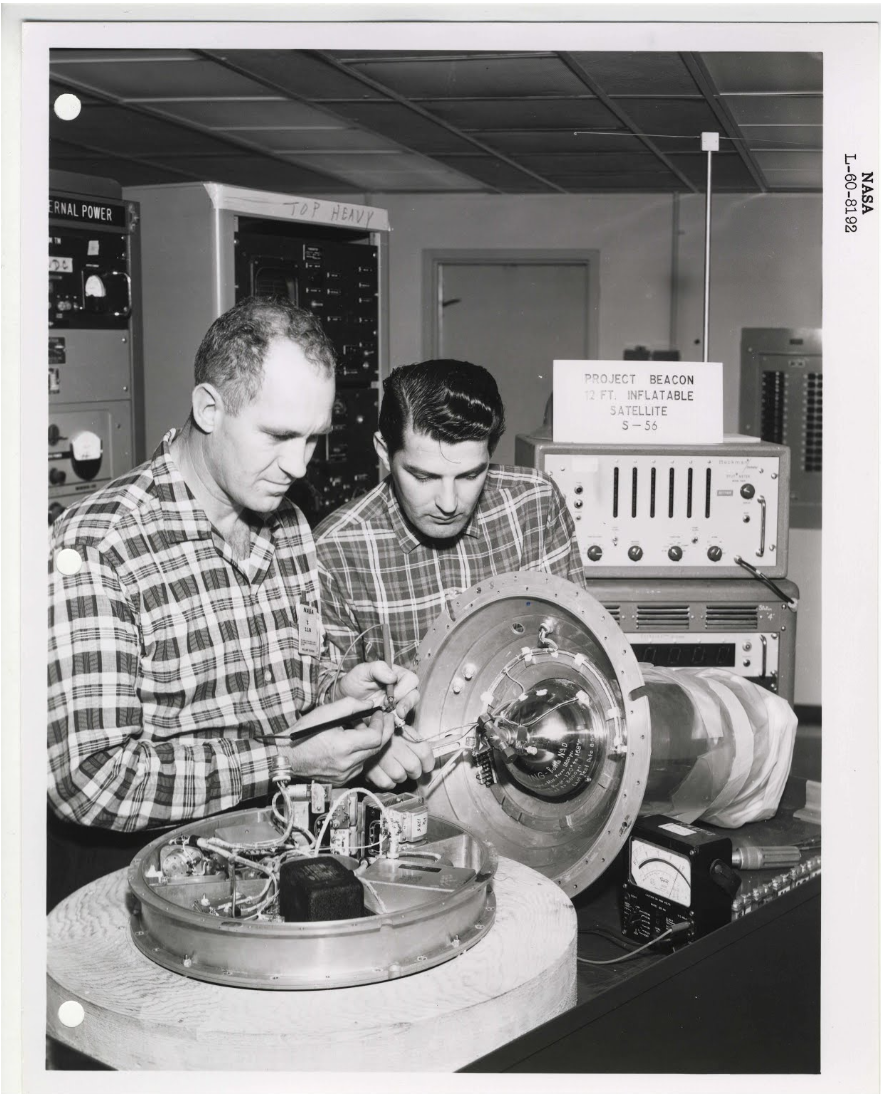
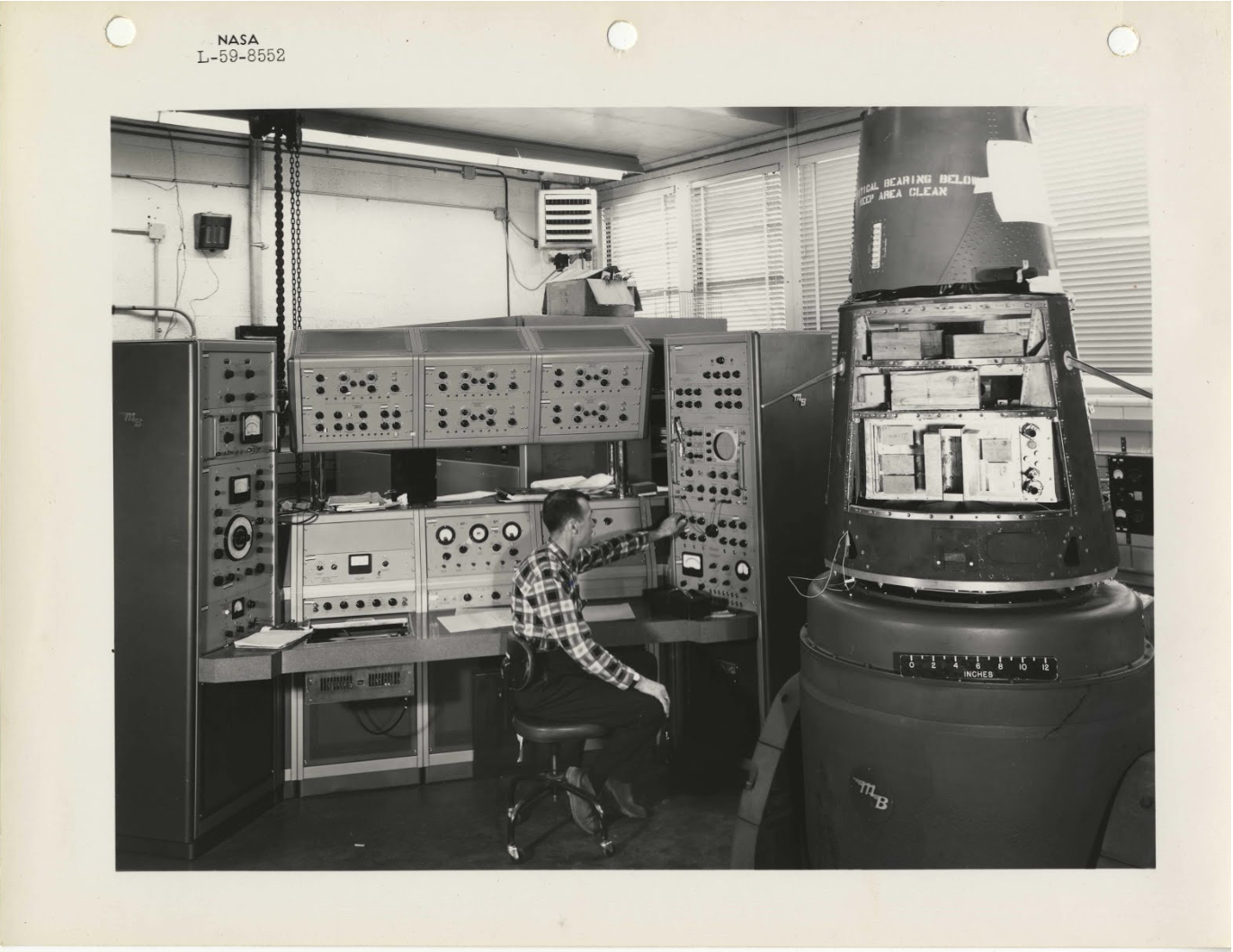
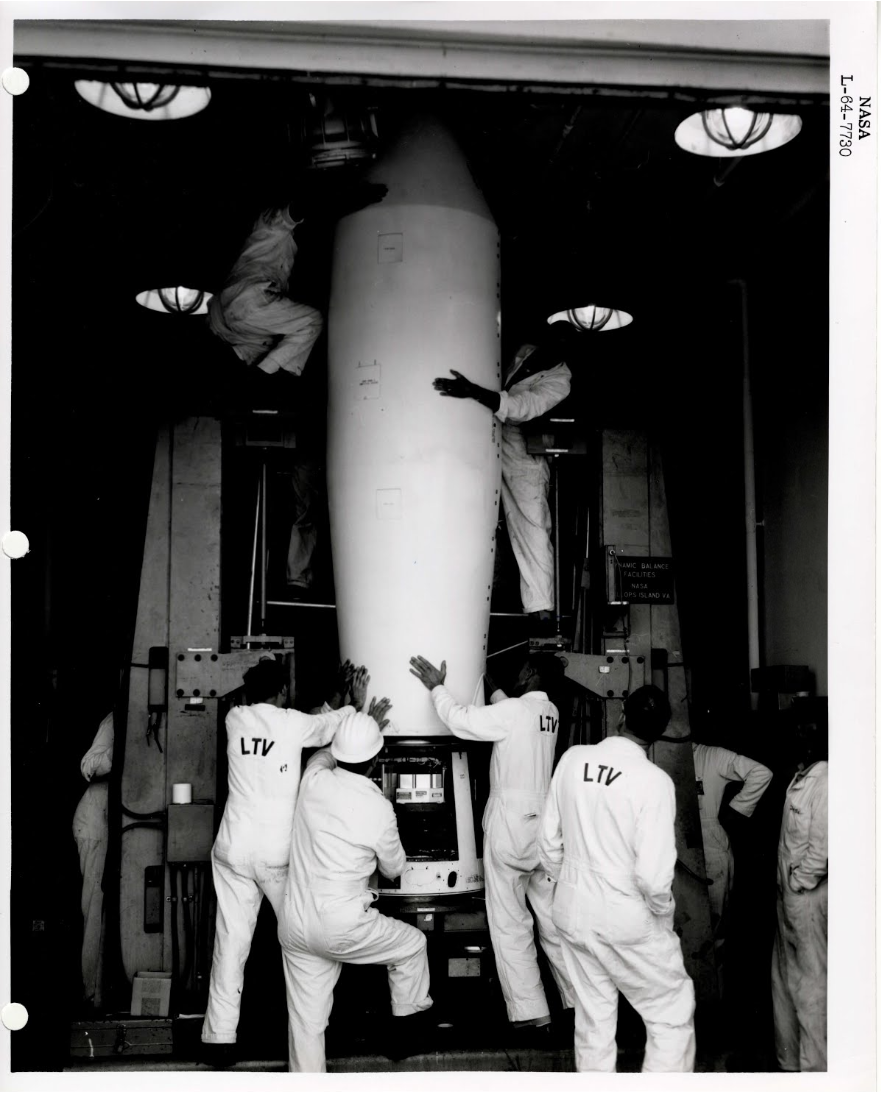
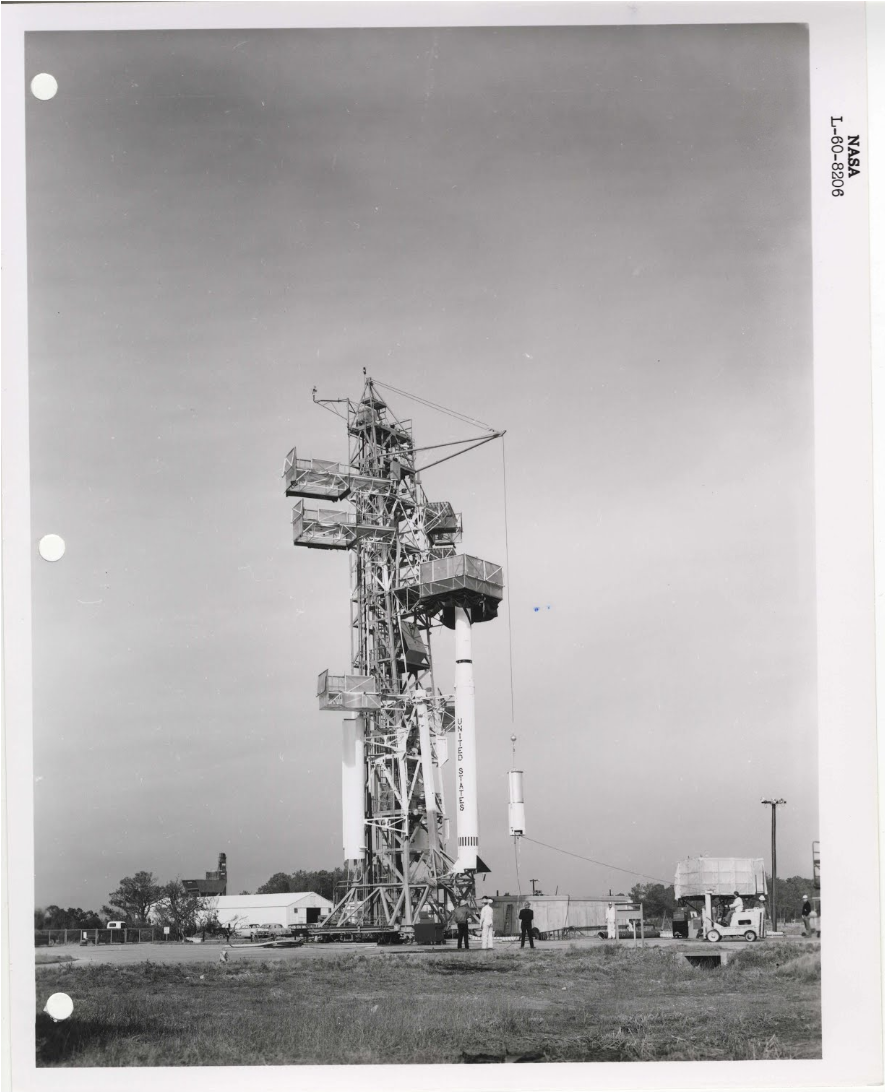
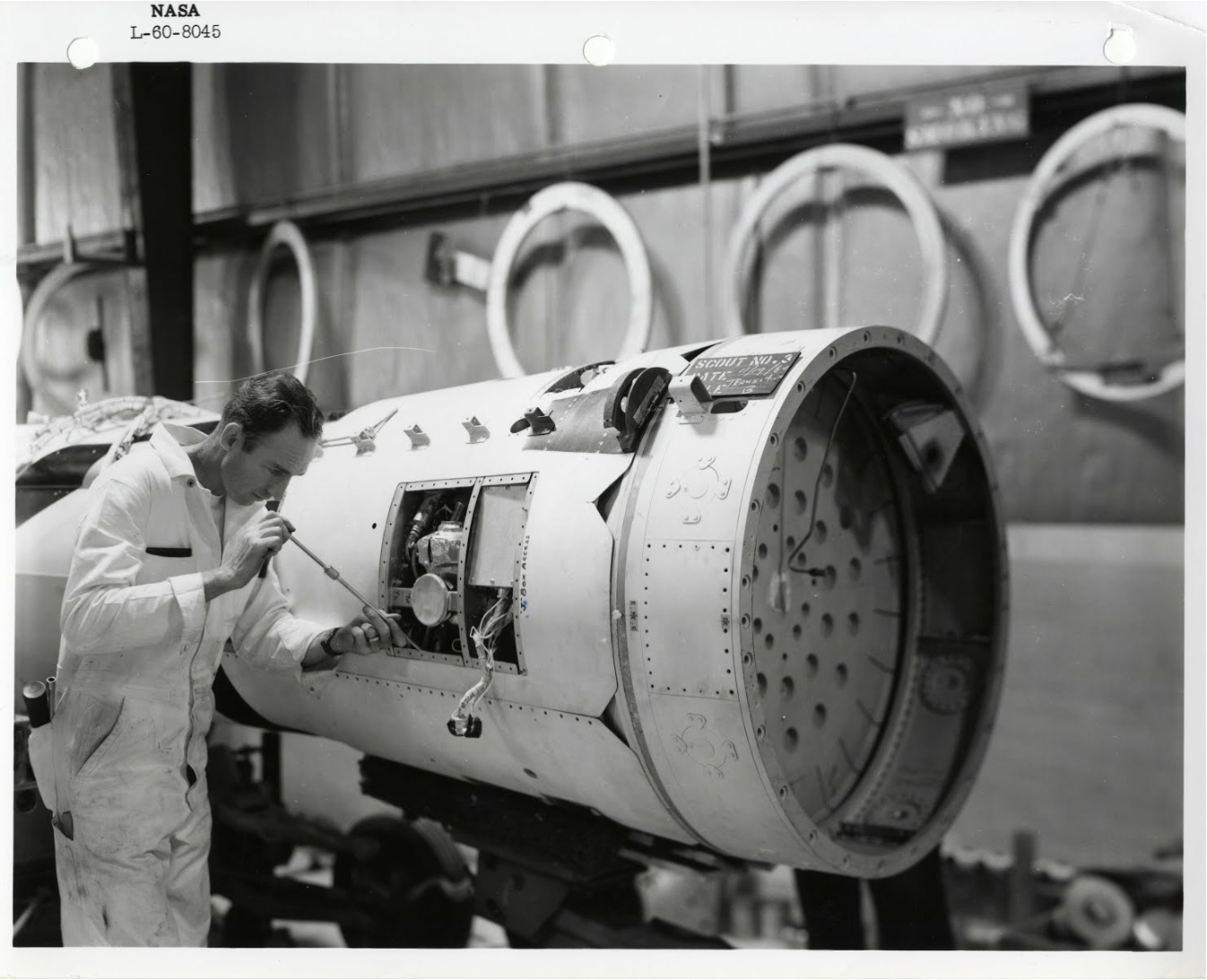
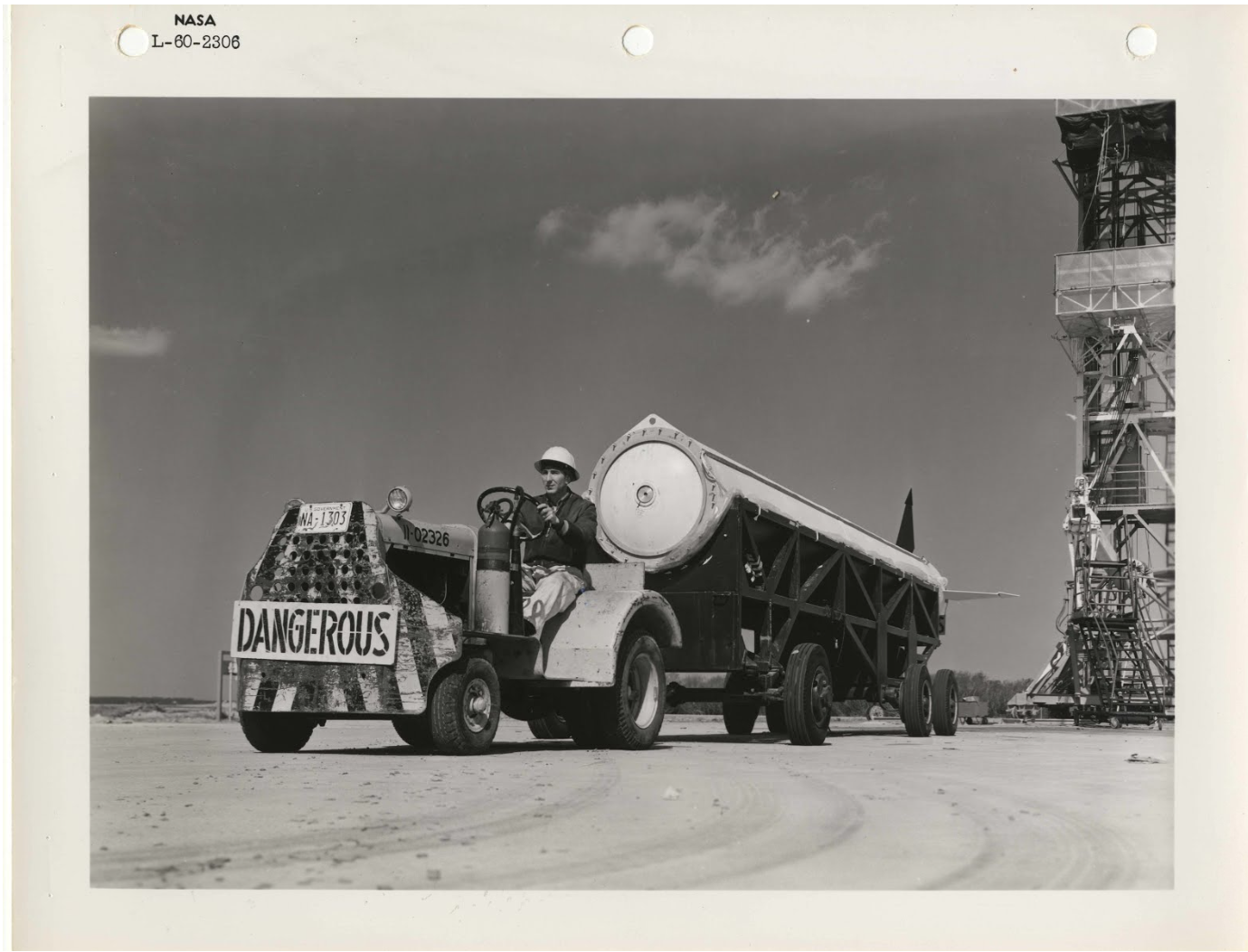
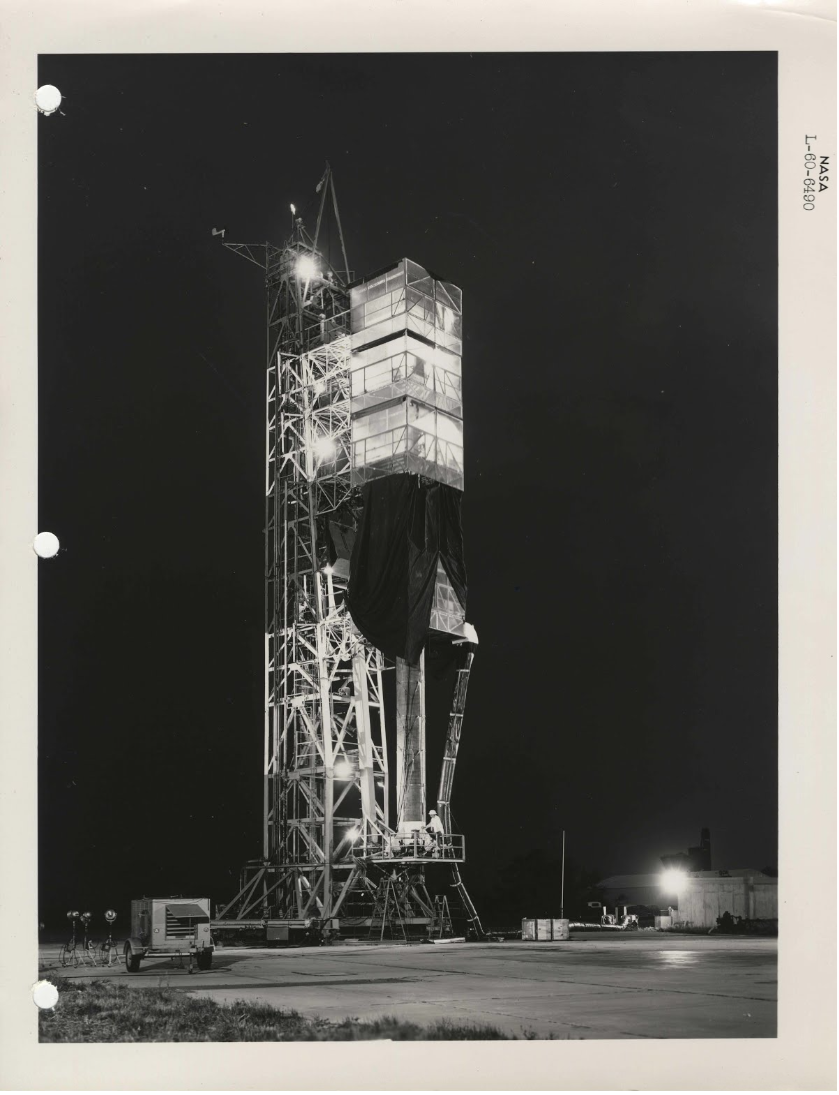
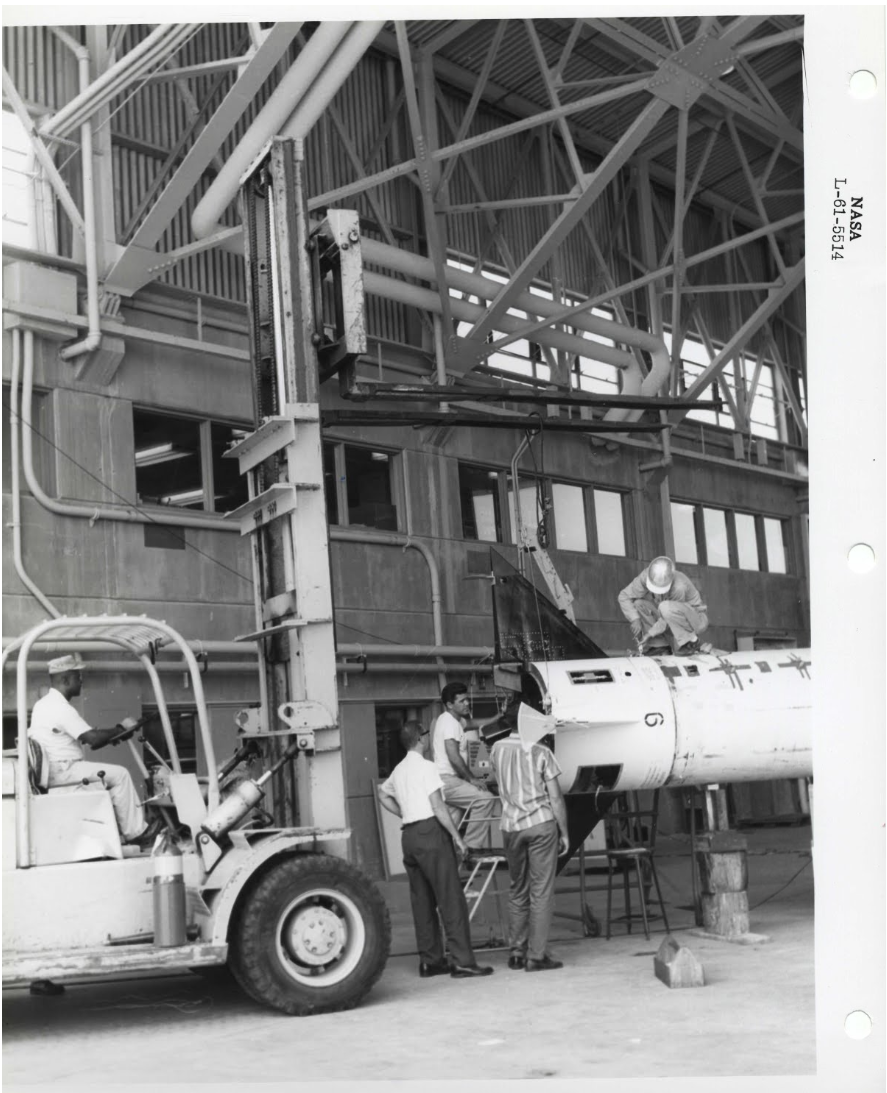
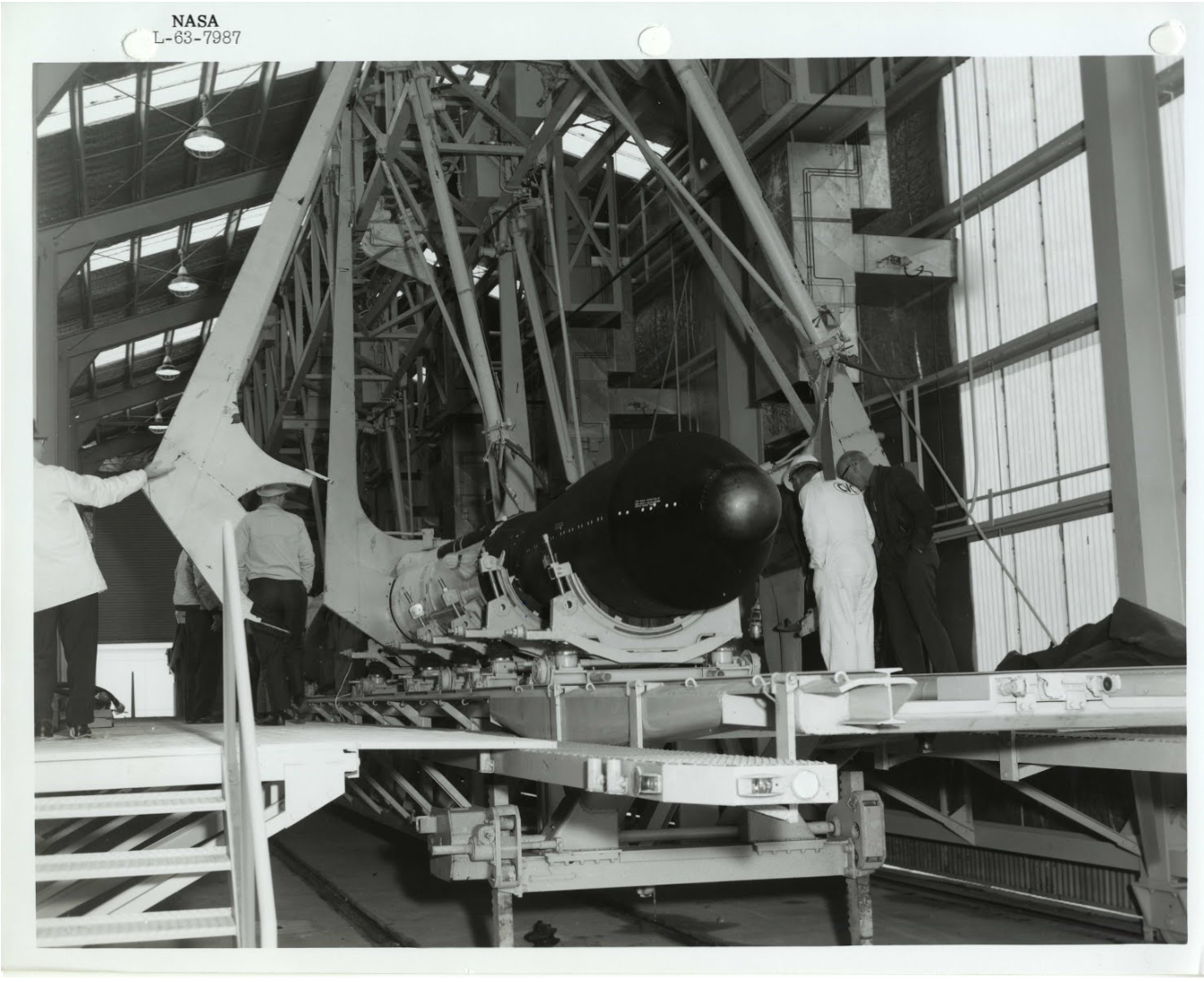
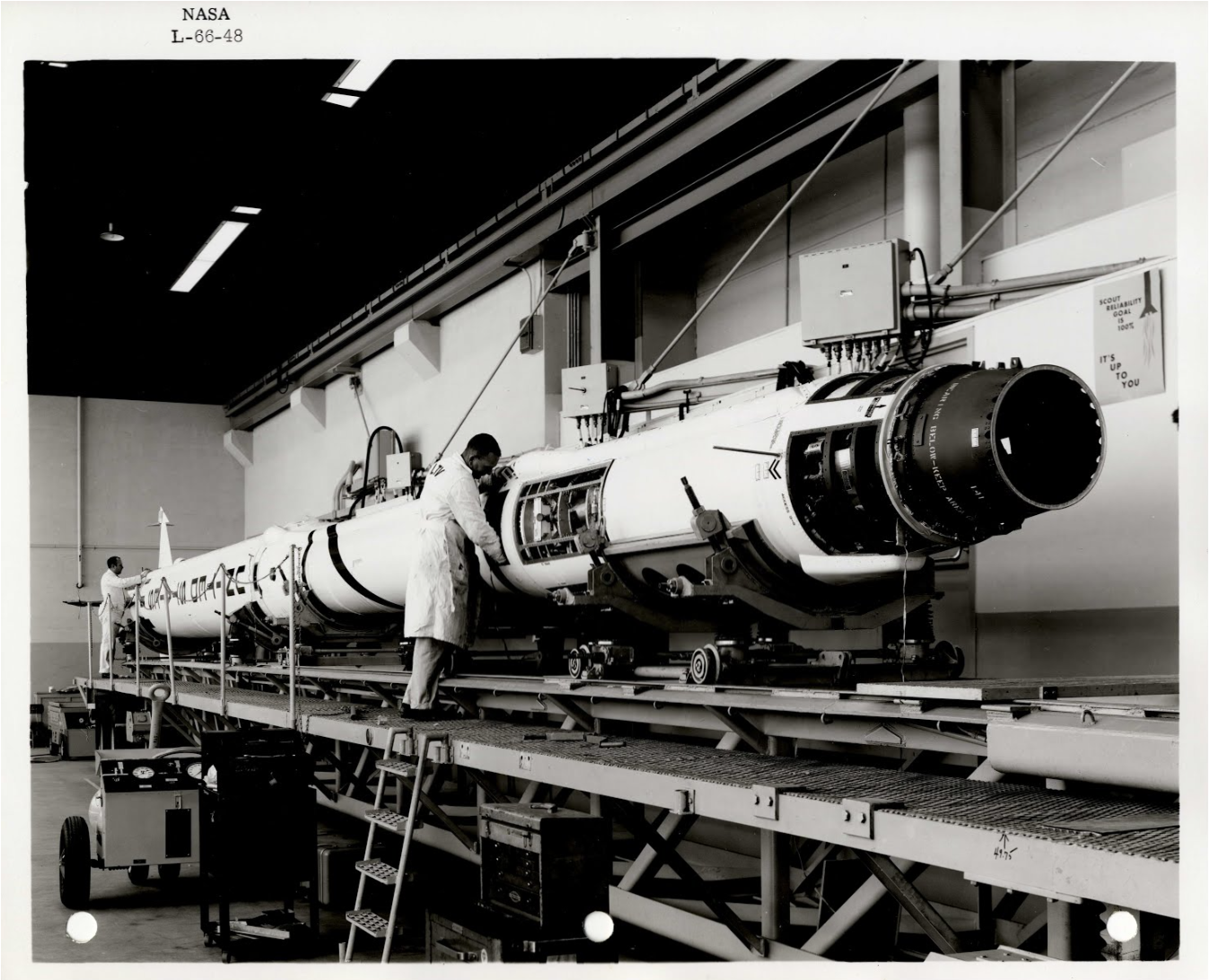
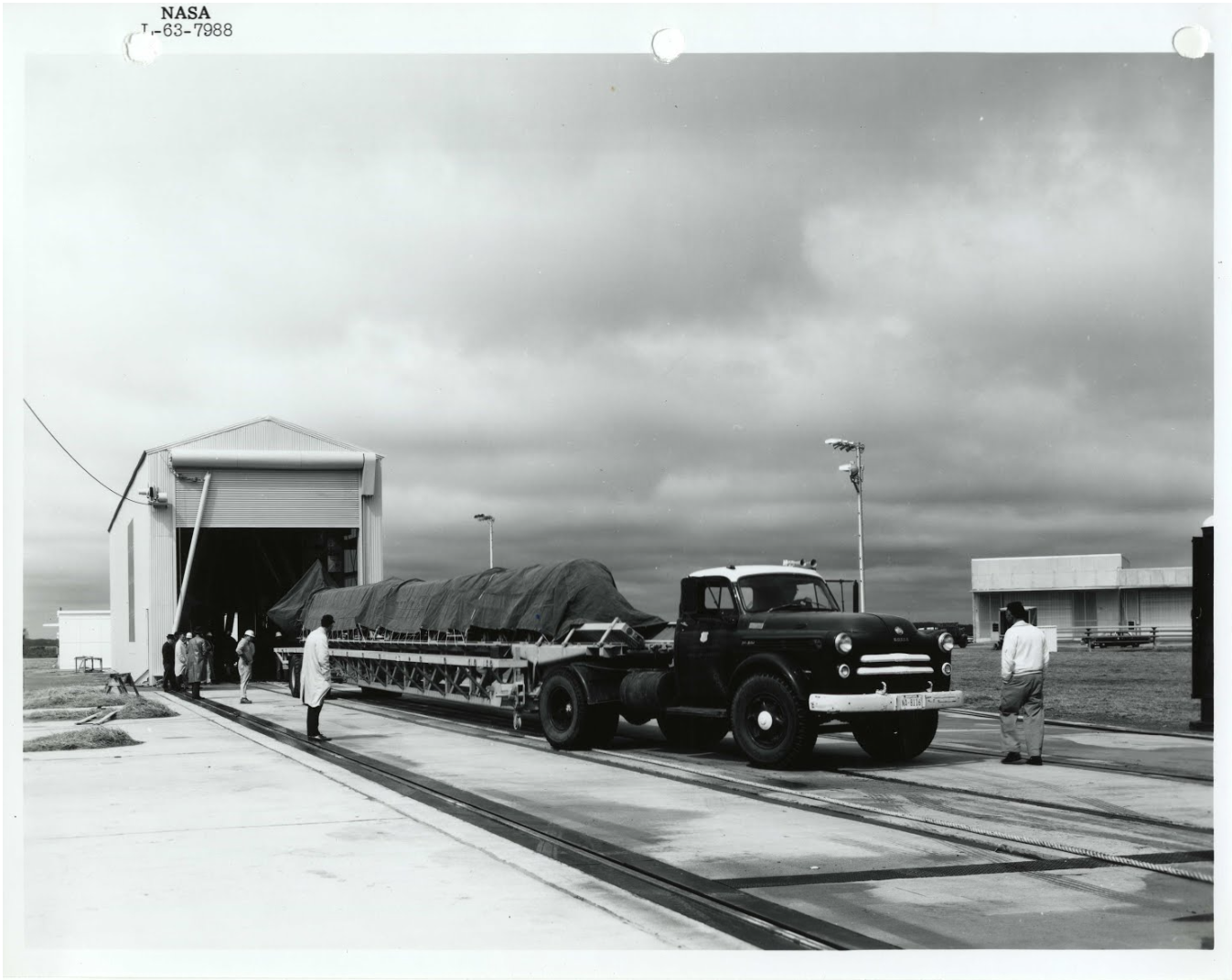
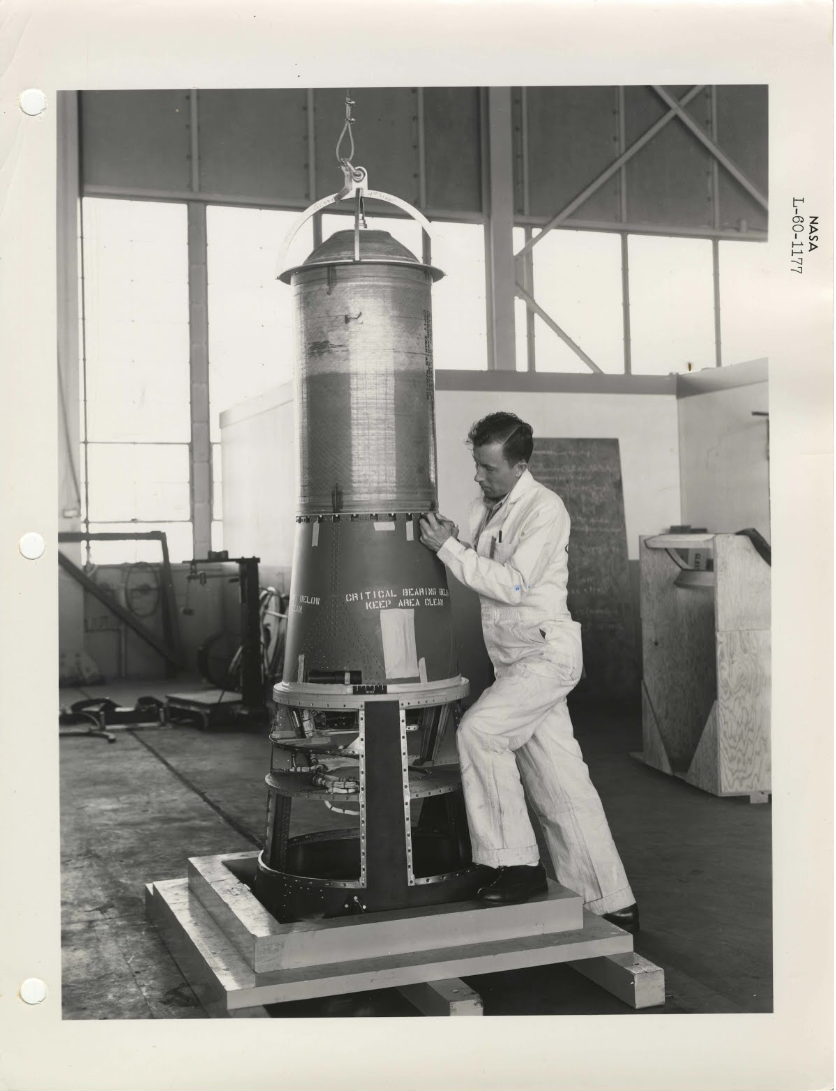
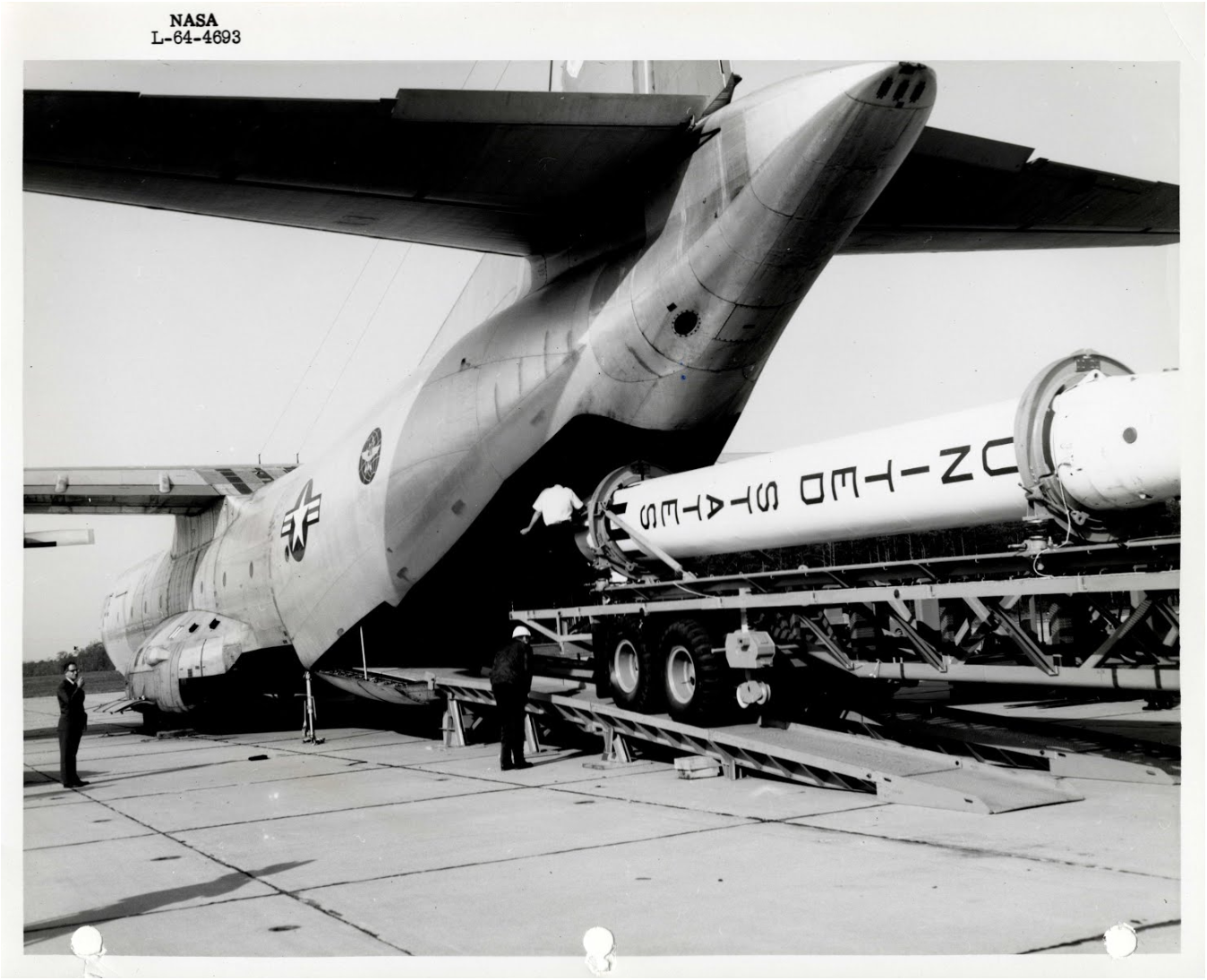
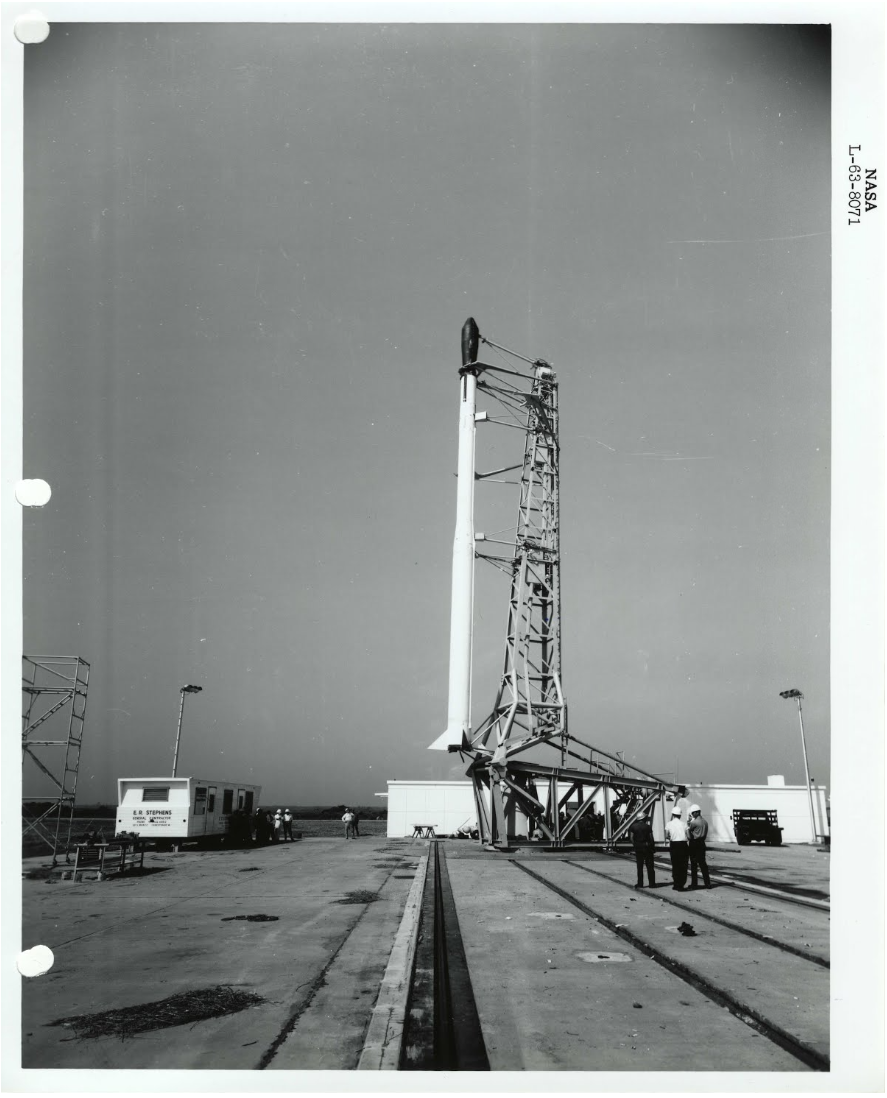
For the San Marco program as well, the Scout rocket did not disappoint.
San Marco 1 mission lifted off from Wallops Island at 20:24 UTC on December 15, 1964. A Scout Mark II, with a diameter of just over 1 meter and a launch weight of about 20 tons, placed the probe into an orbit with a perigee of 206 km (compared to the expected 215 km) and an apogee of 820 km (compared to the expected 680 km).
At that moment, Italy became the fifth nation in the world to place a domestically built satellite into orbit around Earth. The team responsible for the launch operations was, for the first time in history, composed of personnel from a nation other than the USA or USSR.
The satellite did not communicate with Earth for several days due to an error in selecting the control stations to track it. However, all experiments functioned properly, and the mission was ultimately considered a success.
With the second phase completed, the final step of the program was now within reach: launching a satellite from an Italian-owned and constructed equatorial launch platform.
A Platform in Formosa Bay
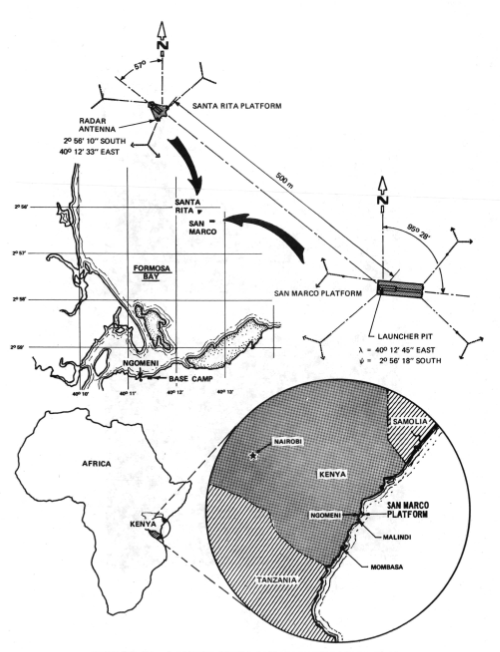
Broglio’s team had a brilliant idea: converting an oil platform into a launch complex in the middle of the sea. Construction began at the end of 1963 on what would become the launch site for all four remaining satellites of the San Marco project.
Formosa Bay, in the Indian Ocean, was chosen because its proximity to the equator greatly facilitated satellite insertion into orbit.
The constructed complex consisted of a land-based section, which served as a logistical base, and an offshore section, which housed the actual launch site.
The launch site was composed of two floating platforms.
The San Marco platform served as the launch pad, for vehicle assembly and testing.
The Santa Rita platform, previously used by Eni as an oil rig, acted as the operations hub, from which all controls were performed. The entire complex was positioned about 5 km off the coast near the village of Ngomeni, in waters approximately 10 meters deep.
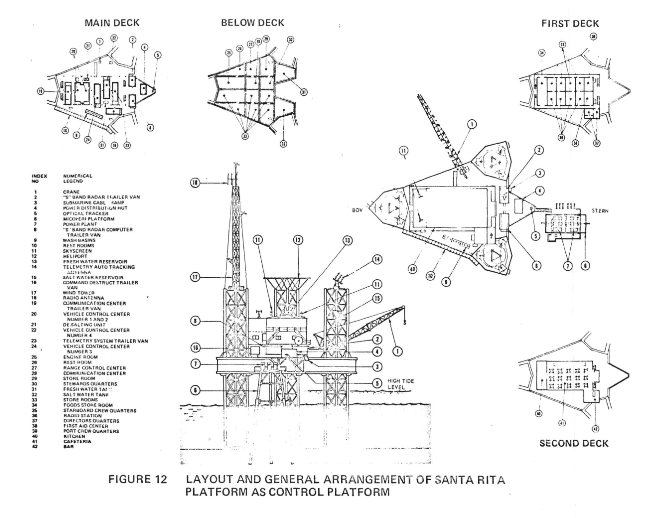
The construction of the launch site was long and complex. Initially, it was thought that the Santa Rita platform alone would be sufficient for launches, and the test flights with Nike-Apache rockets were conducted from it. However, feasibility studies soon revealed that the task was too complex. As a result, Italy sought assistance from the United States, which provided the San Marco platform, previously owned by the U.S. Army.
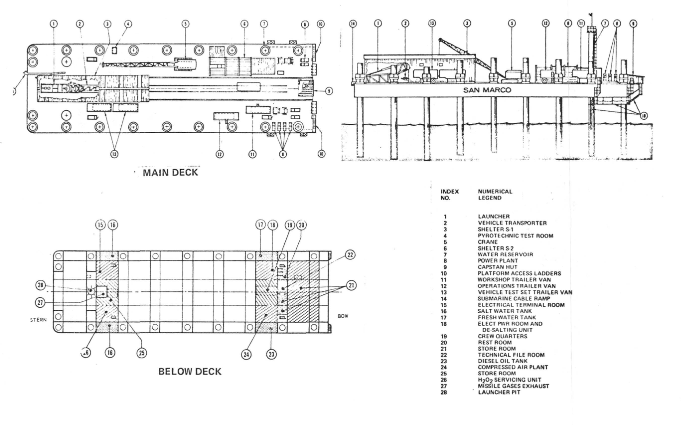
The complex was completed between 1964 and 1967, the year in which the electrical connection between the two platforms was established via underwater cables.
By early 1967, all components had been assembled at the space center in Africa, and by April, everything was ready for launch.
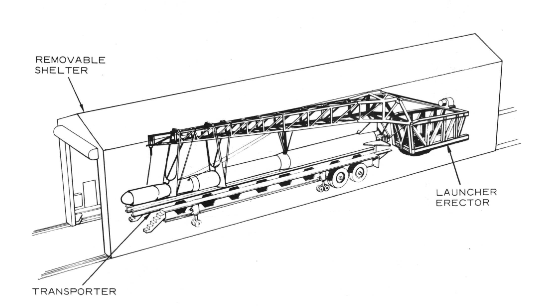
Liftoff occurred on April 26 at 10:04 UTC. The San Marco 2 satellite was inserted into an orbit with parameters similar to those of the previous mission: 218.46 km perigee and 748.91 km apogee. All systems operated normally until August 5, 1967, when a voltage drop in a circuit that included the communication module made it impossible to command the satellite.
Nevertheless, the mission was considered a success, particularly because NASA began recognizing the San Marco platform as a qualified launch site. This was confirmed by the launch of five additional satellites beyond the remaining three of the San Marco program.
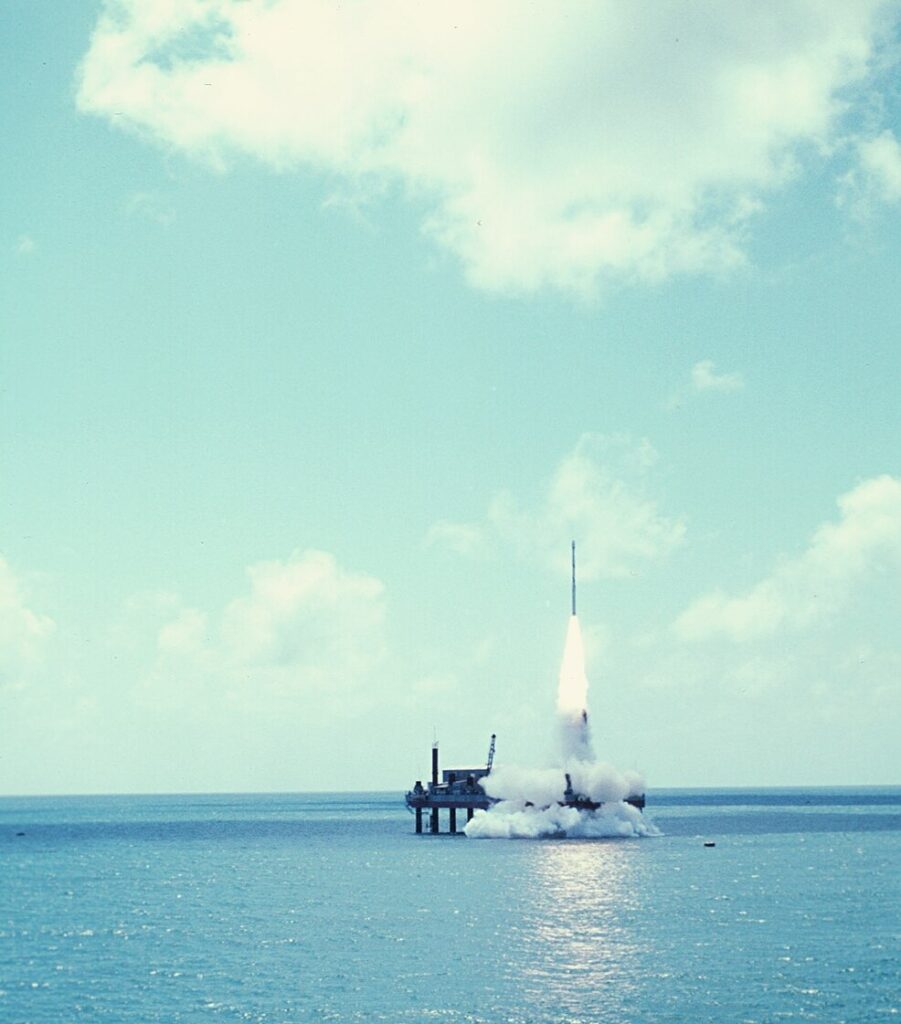
The platform was used for launching SAS-A, SAS-B, and SAS-C satellites (part of a NASA program for X-ray sky observations), as well as the British Ariel 5 telescope and the Explorer 45 satellite.
Currently, the space center, dedicated to Luigi Broglio, carries out activities related to satellite data reception, telemetry, and tracking of launch vehicles and other space objects.
Although only 20 launches have taken place from the San Marco platform, it boasts a 100% success rate. Moreover, it was the first ocean platform ever to host the launch of a satellite.
The Legacy of San Marco
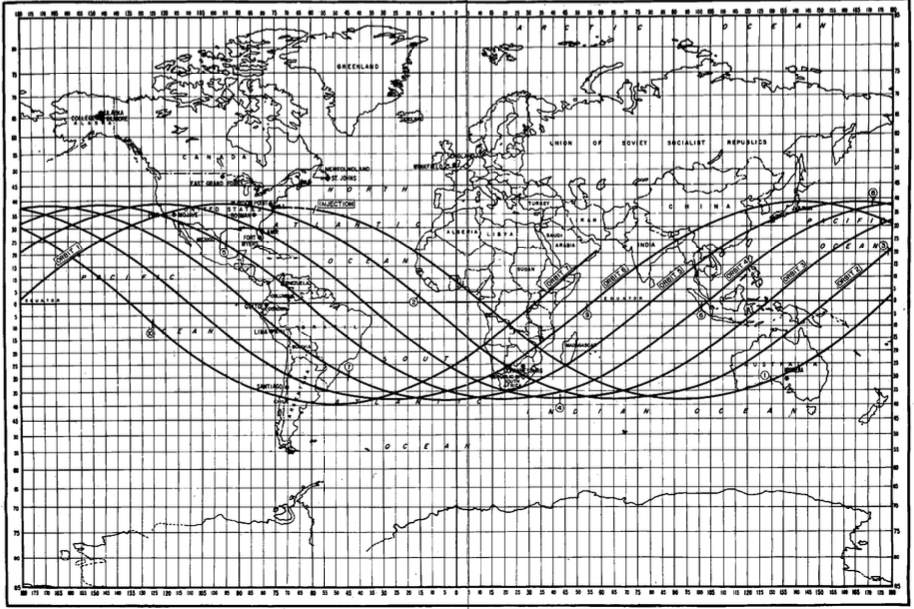
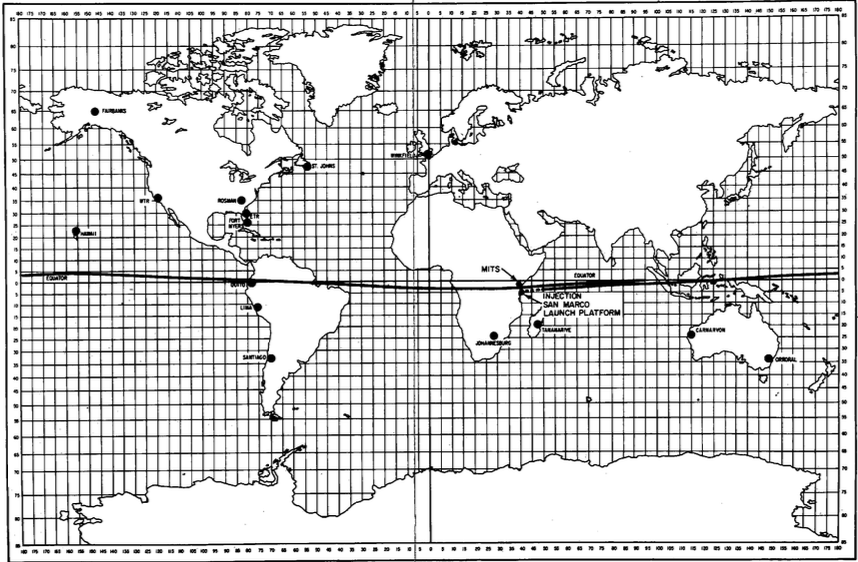
After reaching its peak with the launch of San Marco 2 from the equatorial platform in 1967, the program entered a difficult phase, at times coming to a complete standstill. The oil crisis of 1973–74 and the start of the Space Shuttle program, which shifted NASA’s attention and funding elsewhere, contributed to the gradual decline of San Marco.
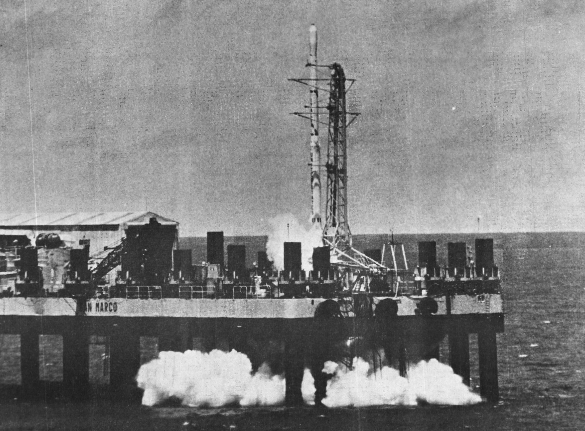
On November 18, 1967, seven months after the launch, a second memorandum of understanding was signed for the launch of a third satellite. However, nearly four years passed before this took place, on April 28, 1971. For the first time, Italian atmospheric density experiments were complemented by two additional U.S. experiments: one aimed at studying the chemical composition of the upper atmosphere, while the second measured its temperature and nitrogen molecule distribution.
In 1978, it was decided to proceed with two more missions, San Marco-D/L and San Marco-D/M. However, the available funds were only sufficient for the construction of a single satellite, which was launched on March 25, 1988.
After this launch, no further rockets ever lifted off from the San Marco Space Center.
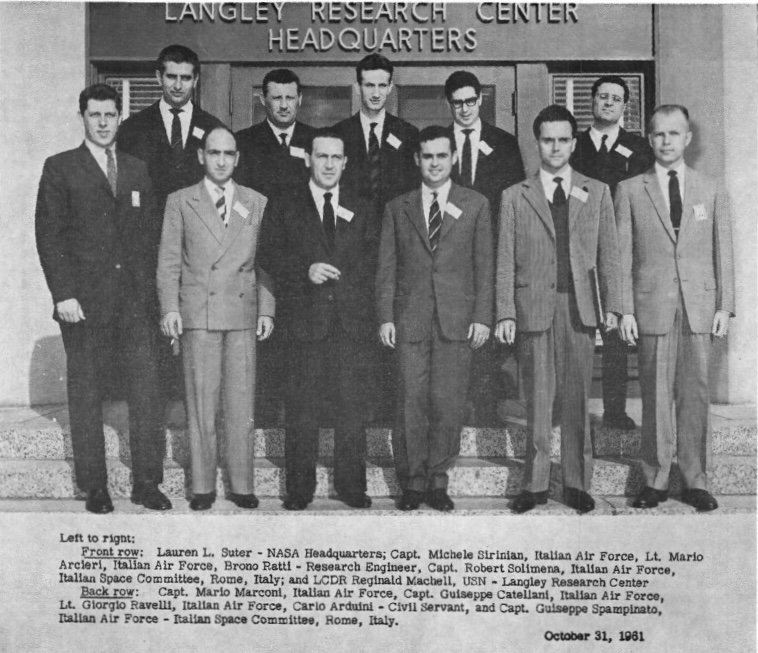
The San Marco program was not just a pioneering achievement for Italy but an endeavor that left a profound impact on the world of research and technology. Thanks to the vision and determination of Luigi Broglio, Italy became the third country in the world, after the U.S. and the USSR, to independently operate a space launch site and the fifth to place its own satellite into orbit. This was an extraordinary accomplishment, especially considering the limited resources available compared to the superpowers of the time.
However, perhaps the most significant legacy of the San Marco program was not just technological but human and educational. The need to train a team of highly specialized engineers and technicians laid the foundation for the development of aerospace engineering in Italy. In fact, the Aerospace Engineering Department at Sapienza University of Rome was established thanks to Broglio and his work. Since then, it has trained generations of professionals who have contributed to world-class space projects.
The San Marco project is something we all have something to learn from: a group of passionate visionaries who manage to achieve the unthinkable with just the drive of passion, salvaging abandoned oil platforms and pieces of equipment here and there.
In the wake and memory of these great men of science, I think we should all remember that:

